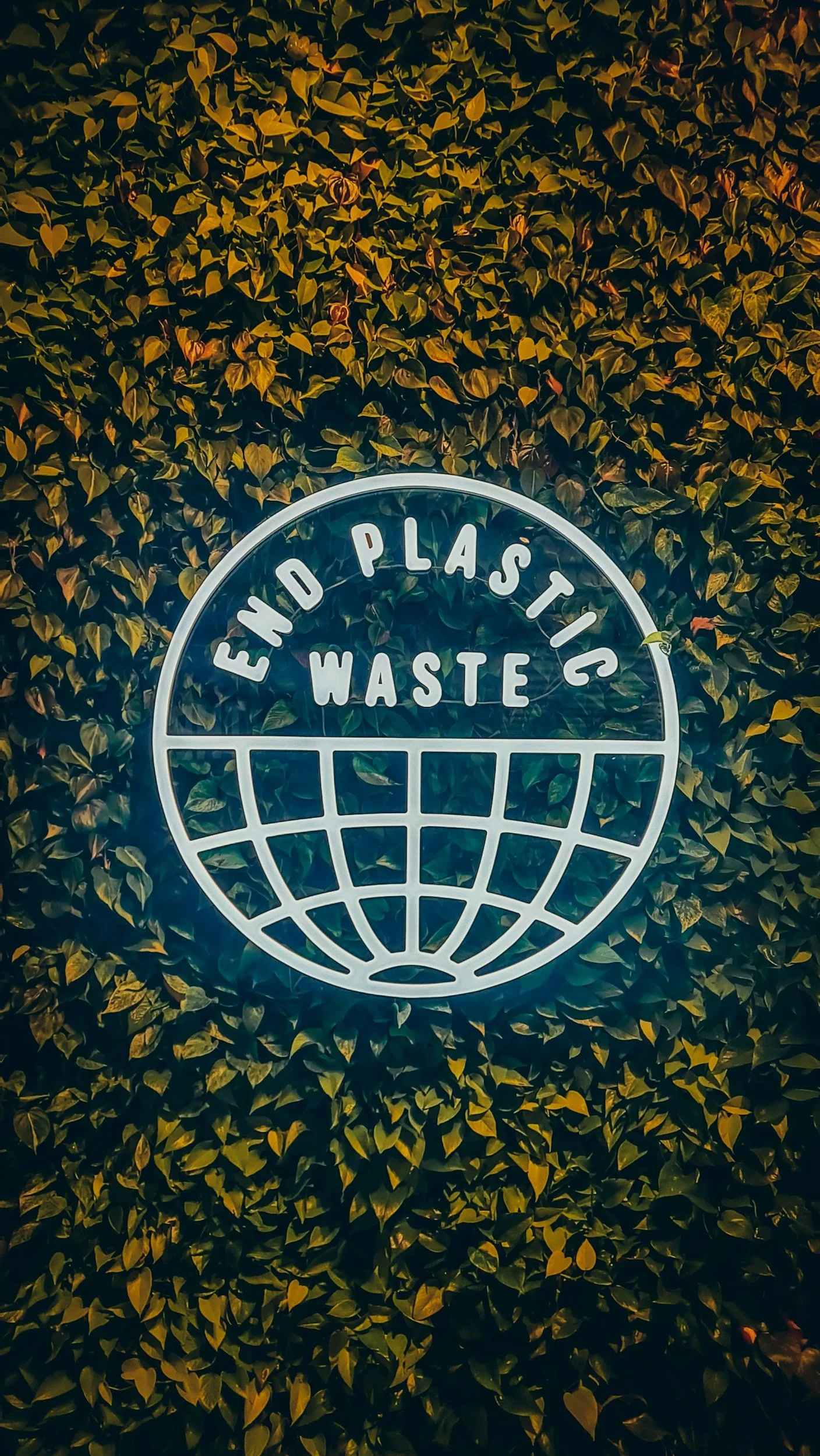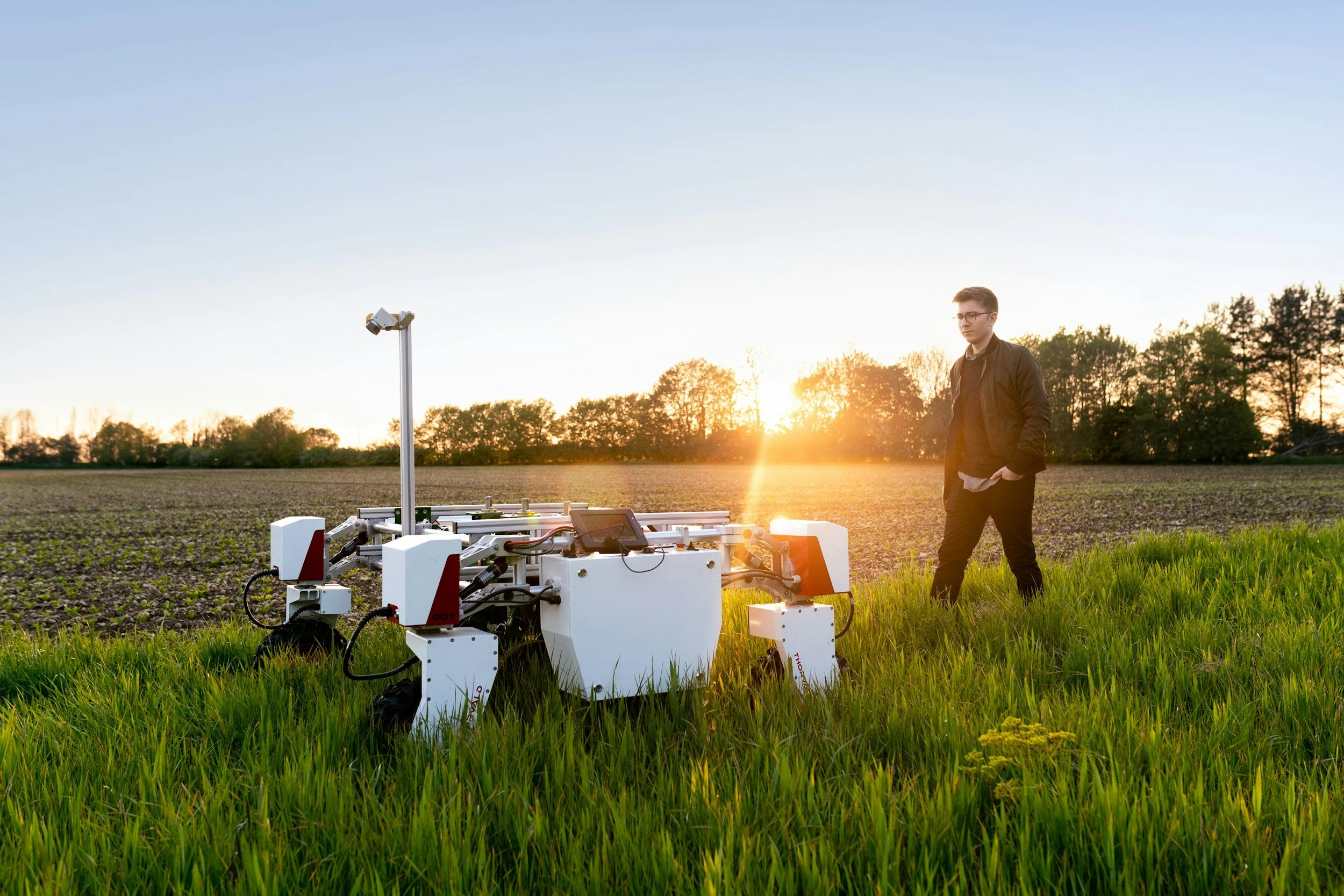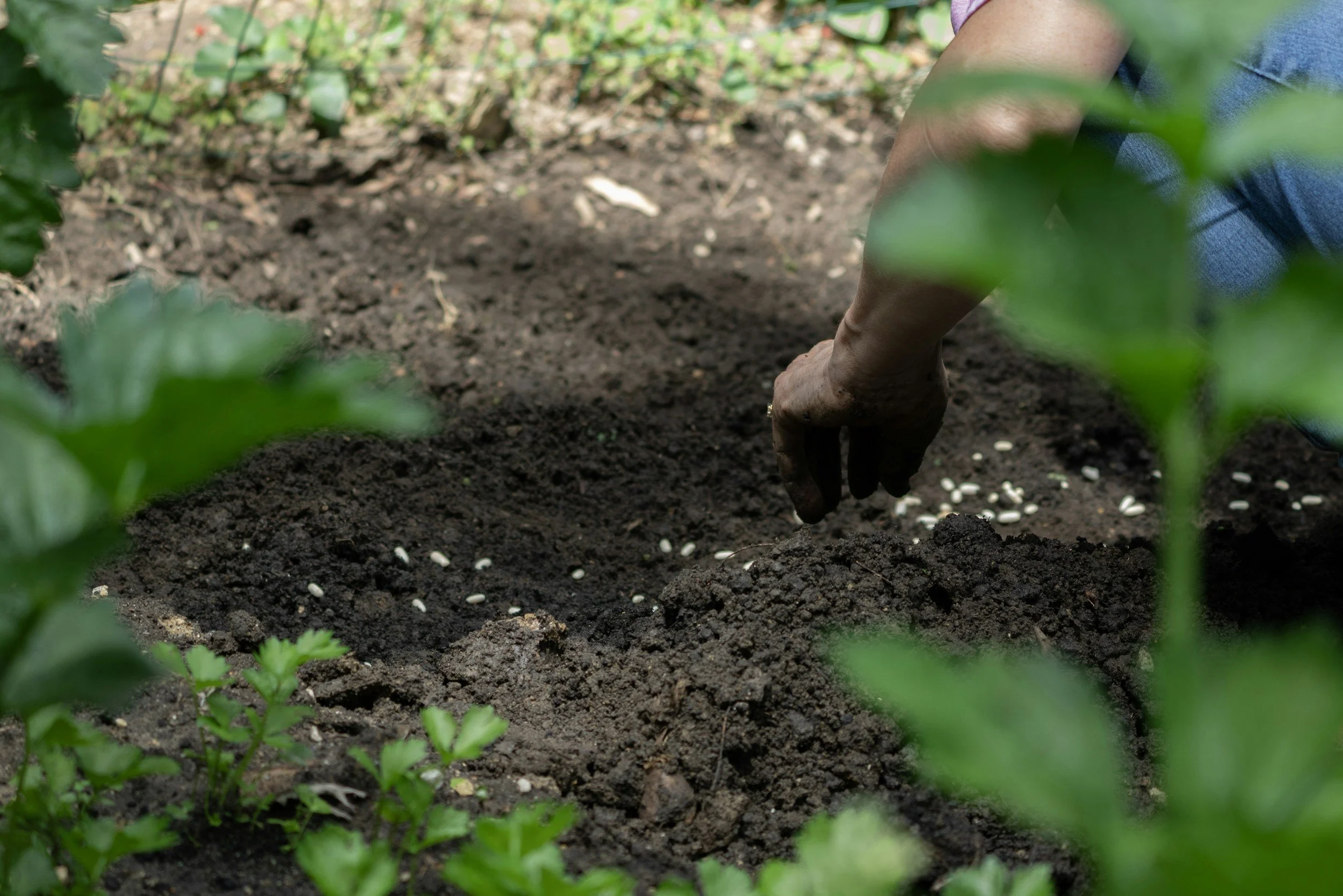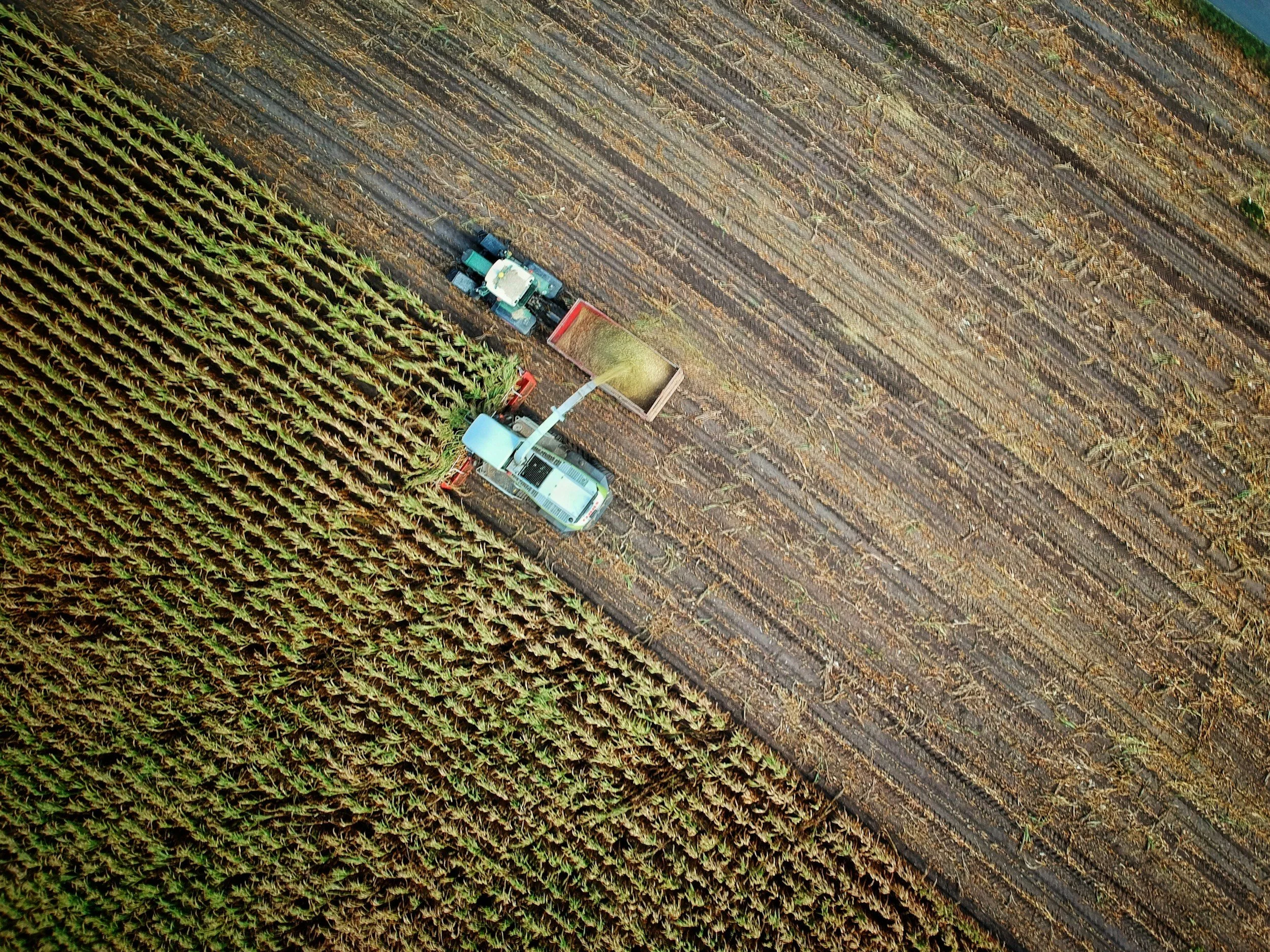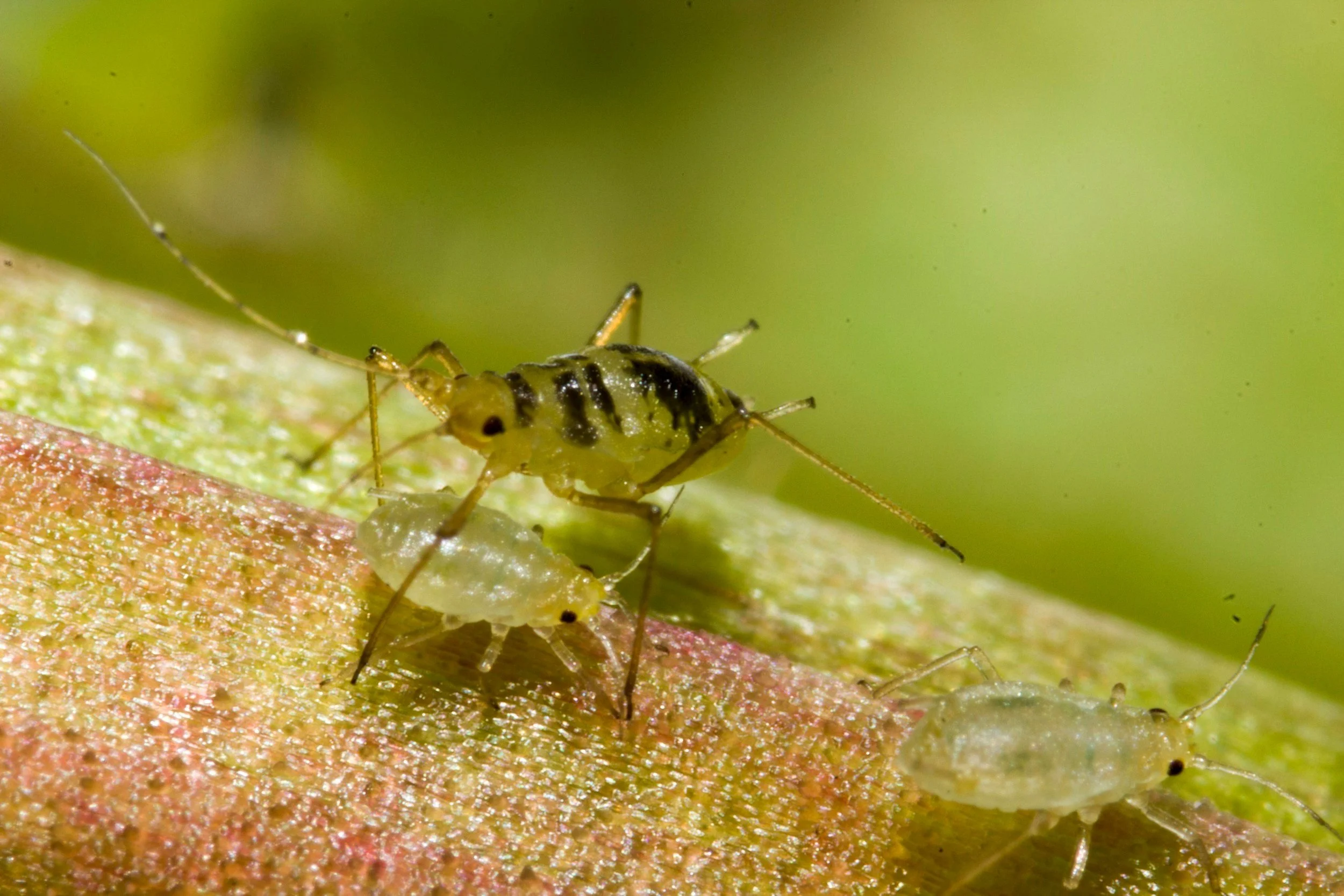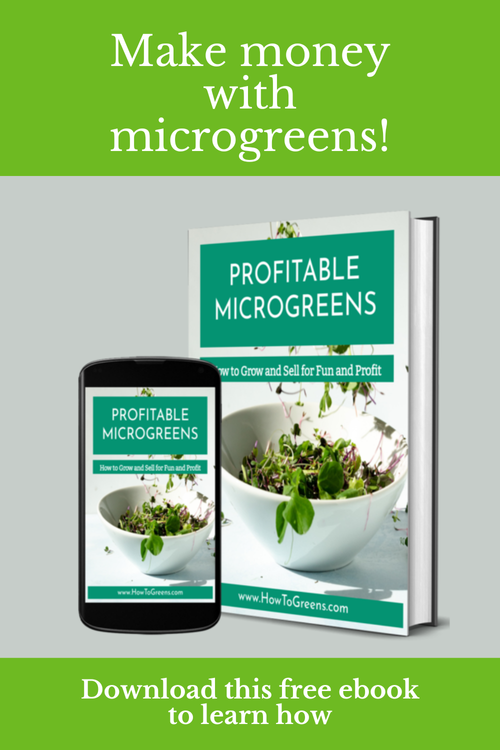6 Reasons Why You Should Care about the Green Beauty Movement
/Second post in a 3-part series on Green Beauty
As my previous post on the Green Beauty Movement mentioned, more people have become aware of the presence of harmful chemicals in many commercial personal care products. As a result of that growing awareness, as well as a general increase in public discussions about major climate-related and public health crises, there is more interest than ever in environmental issues. The Green Beauty Movement represents one small aspect of this phenomenon, but it is more important as a bellweather of healthy living trends than you might have realized. Here are six reasons why the Green Beauty Movement matters for the collective, global push towards a greener environment and a healthier you.
Read More




















